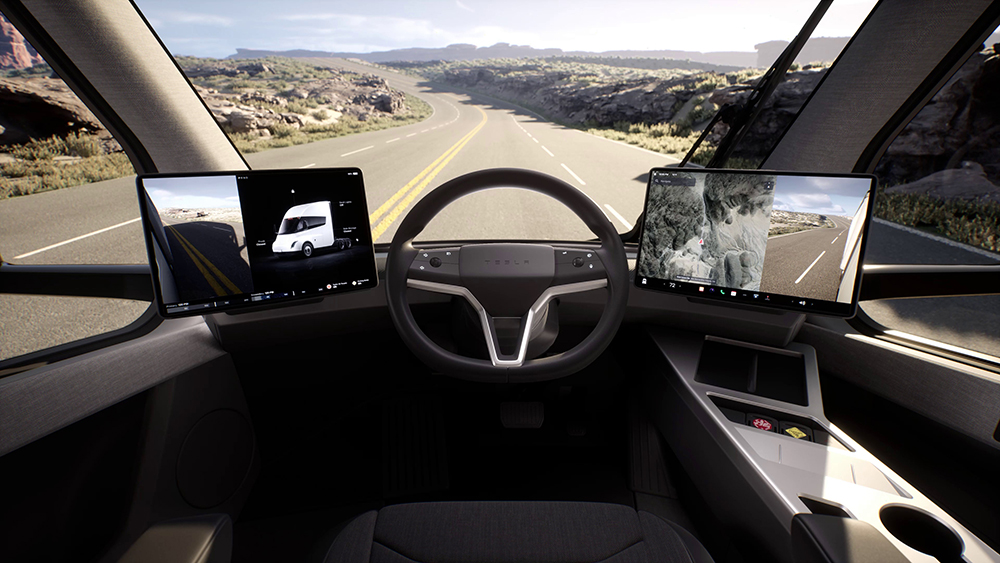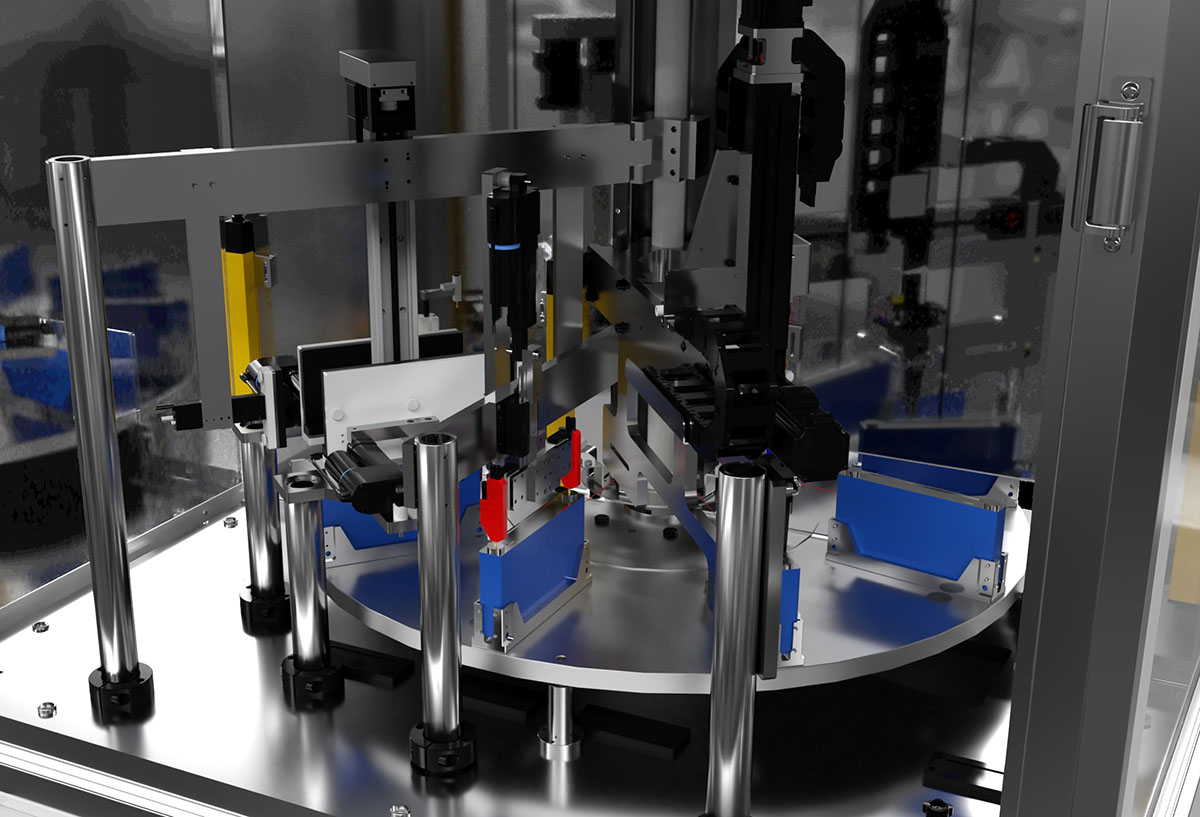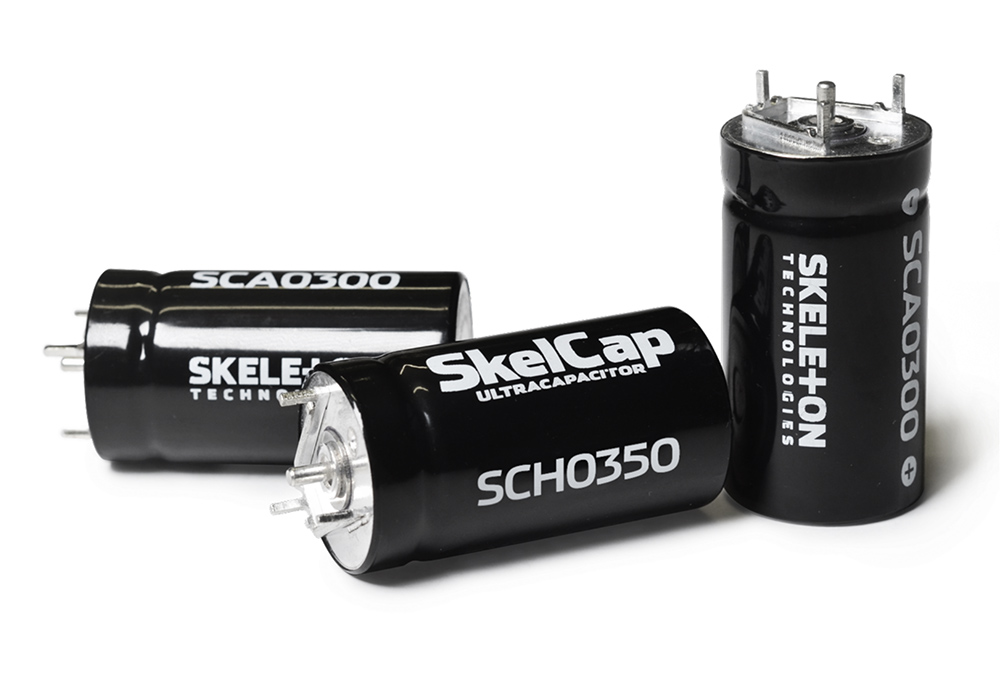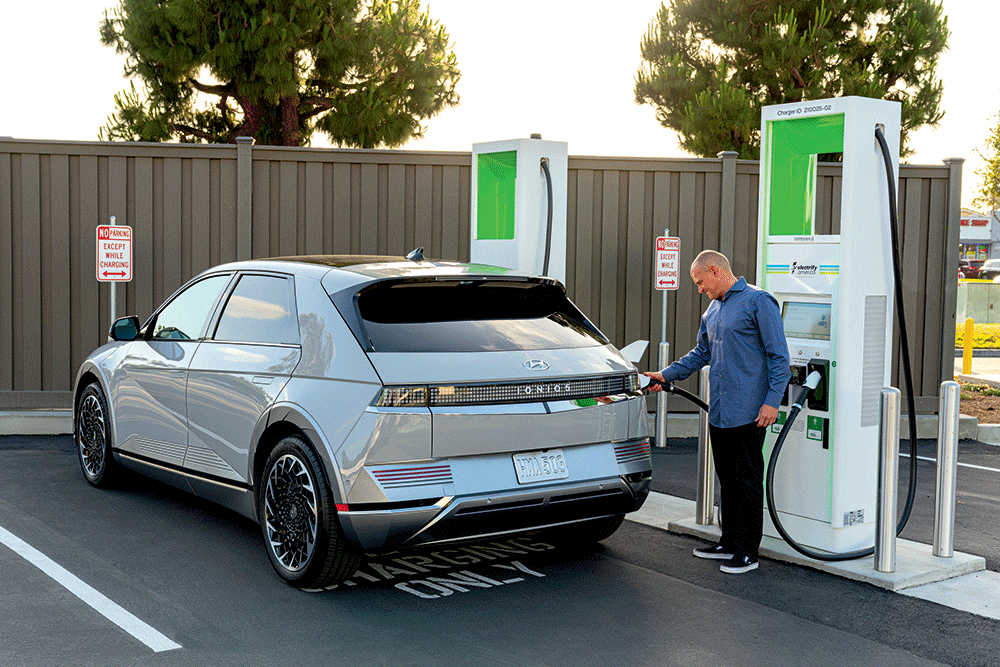[ad_1]
Automakers differ widely in how forthcoming they are with technical specs. When one German automaker released its first major EV model, it hosted a press event at which cutaway versions of battery packs and electric motors were on display, and the engineers who designed them were on hand to answer questions. In contrast, another Teutonic brand (Bavarian, actually) sends us interminable press releases about its new models with paragraph after paragraph about exterior and interior “design cues” and how they’re supposed to make drivers feel—but almost no technical information at all.
Tesla is a different animal. It has no PR staff, and seldom communicates with the fourth estate at all. Info about upcoming vehicles is limited to an occasional blog post, a few tidbits at reveal events, and impulsive blurts on Twitter. Investigative journalists and geeky fans do their best to fill in the blanks, scouring the internet for clues about battery capacity, chemistry and other Kabbalistic pearls of wisdom.
When it comes to the Tesla Semi, it’s not just fanboys and pencil-pockets who are slavering for specs. Electric trucks have the potential to revolutionize the trucking industry, and fleet operators and shippers are eager to know how the Semi’s payload, cost per mile and such compare to other Class 8 EVs from Daimler, Volvo, BYD et al, and to legacy diesel vehicles.
Battery Design maintains a page that lists pretty much all of what is known so far about the mysterious rig. Some of the figures are from Tesla, some are estimates from a variety of sources, and all are subject to updates as new clay tablets are revealed.

We know that the Semi has three independent motors: one on the second axle that’s constantly engaged, and two on the rear axle that are engaged when more acceleration is required. We know that it’s going to be offered in two versions, one with 300 miles of range and one with 500 miles. We’re pretty sure that the system operates at 1,000 V.
Tesla has not released the battery capacity, but BD estimates that it’s around 850 kWh (Electrek puts it at around 900 kWh). We also don’t know the exact weight, but BD figures it at around 12 tonnes, which would be some 2,500 kg heavier than a typical ICE tractor.
What about efficiency? Battery Design offers an online calculator that allows you to estimate any vehicle’s power usage by plugging in figures for drag coefficient, mass, speed, gradient and auxiliary loads.
— green (@greentheonly) December 31, 2022
Some more info about the Semi’s battery pack recently leaked. An intrepid investigator called Green the Only (via Electrek) came across some pix (apparently from a parts catalog) that show the basic design of the pack and how it fits into the tractor. As you’d imagine, the pack is located beneath the cabin. The surprise is that it doesn’t look like any of Tesla’s earlier packs. There are nine modules in two different sizes, and they’re taller than the modules we’re used to seeing—but that makes sense when you consider how much energy Tesla had to fit into a very small horizontal footprint.
As for what the Semi is like from the driver’s standpoint, Tesla actually offered up some details and a short video at the December delivery event. Tesla Oracle (via EVannex) has the story.
Sources: Electrek, Battery Design, Tesla Oracle, EVannex
[ad_2]
Source link




